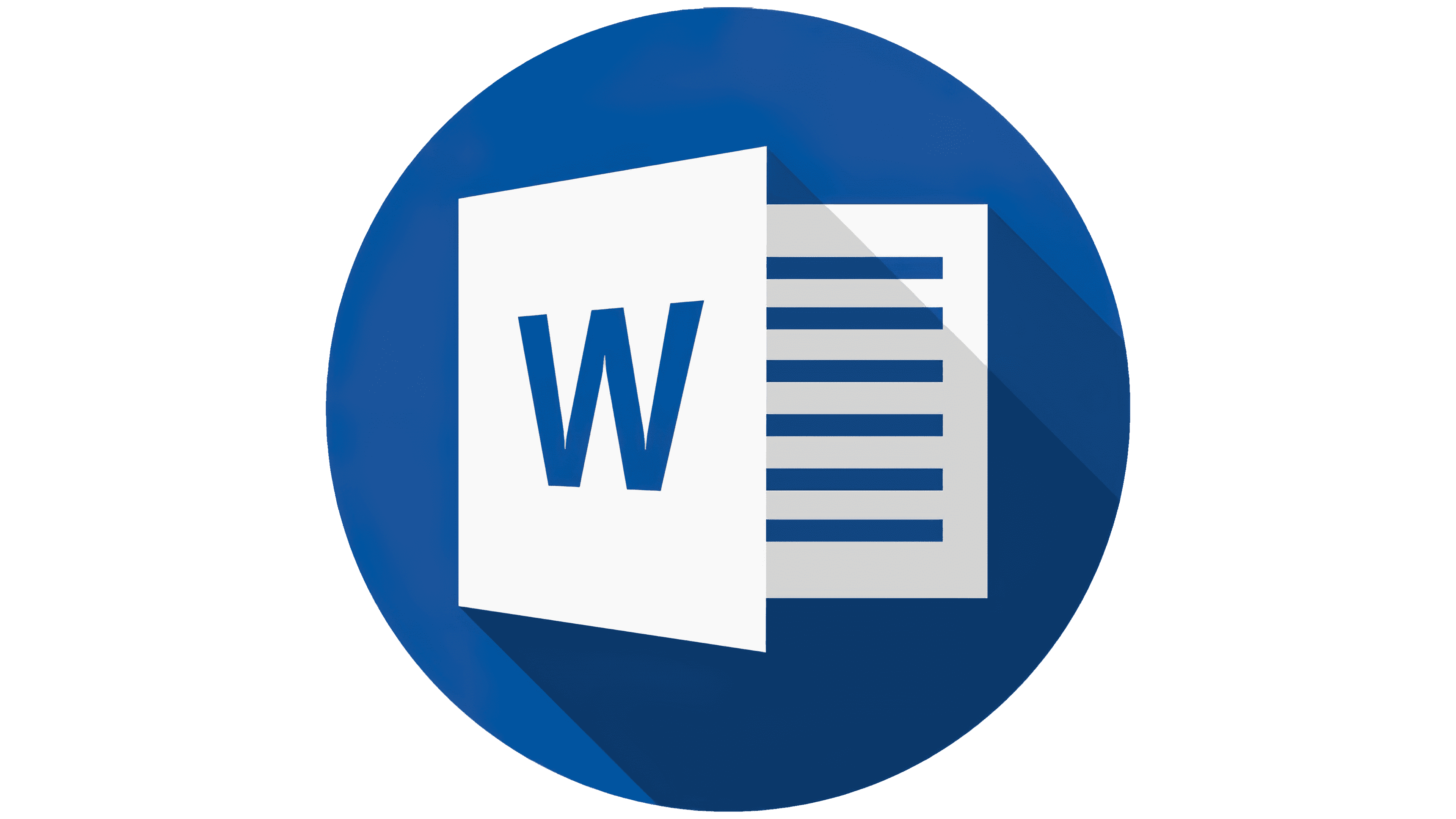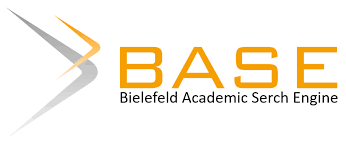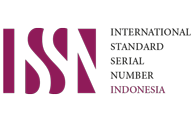- Editorial Team
- Reviewers
- Contact
- Editorial Police
- Focus and Scope
- Peer Review Process
- Publication Frequency
- Author Guidelines
- Online Submission
- Open Access
- Publication Ethics
- Article Processing Charge
- Copyright
- Plagiarism Check
- Indexing and Abstracting
Download Article Template
Indexed By:
ISSN : 2656-7504
Suported By:










